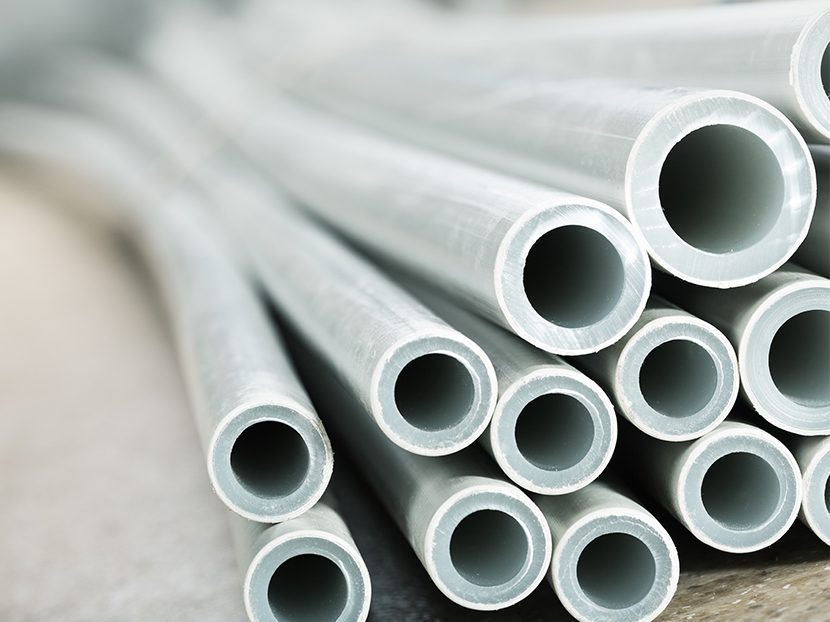Digital Exclusive: Secondary Disinfection — What It Means to Your Piping System

Many factors contribute to the design and specification of a piping system, from size to pressure to layout. It’s just as critical to think about what’s inside the pipes—the quality of the water and the disinfection treatments that will be used on that water over the life of the system. The additives used for primary and secondary disinfection can often have an impact on the integrity of the pipe.
For the majority of projects, water only undergoes treatment at a central location through the water district. But it’s important to know that, for many project types, additional treatment may be necessary at the building location. Secondary disinfection is becoming more and more popular at hospitals and healthcare settings, as well as other buildings in which a vulnerable population may be present. In many instances, hospitals can’t use water straight from the municipality because it may still contain levels of many harmful bacteria that either doesn’t get removed in the primary process or enters the water system afterward. To ensure the water is safe for the more vulnerable occupants and highly sensitive materials, it will undergo secondary disinfection on site prior to widespread distribution.
“Primary disinfection kills or inactivates bacteria, viruses, and other potentially harmful organisms in drinking water,” the EPA says. “Secondary disinfection provides longer-lasting water treatment as the water moves through the pipes to consumers.”
There are a range of methods for secondary distribution. Common and very effective are chlorine dioxide generators, which are capable of eradicating many remaining bacteria; the use of chlorine dioxide requires a worker who is certified with its use and safety requirements. Chlorine dioxide is a residual treatment, which means it stays in the system over a period of time. Another option is a UV generator, which may be less effective because it relies on every microorganism passing within the UV light. Other examples include chlorine, copper-silver ions, hydrogen peroxide, ozone, peracetic acid, and peroxide.
Each method has its positives and negatives; the upcoming revised version of the ANSI/ASHRAE 188 Guideline will help engineers and facility managers understand each method to help determine which is the best fit for each project.
This blog originally appeared on www.corzanplumbing.com. Follow this link to continue reading.




